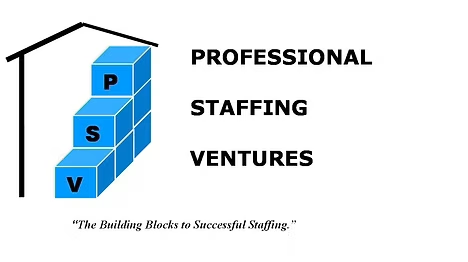Employment Decisions Await You

Let’s Get You Hired!
Professional Staffing Ventures (PSV) is an independent staffing firm specialized in the placement of full-time permanent, contract, and contract to hire professionals
Our Mission
Professional Staffing Ventures is dedicated to being the premier provider of placement services in the construction industry. With a proven track record we offer a sincere and honest approach to helping others, both hiring companies and employment seekers. Professional approach and follow through servicing the staffing of quality qualified professionals for resource needs while venturing into partnerships through developed trust with clients and candidates.
Company profile
Professional Staffing Ventures, is a independent staffing firm providing recruiting services on a national level. PSV provides entry to executive staffing solutions in the Construction disciplines. We strive to present the best candidates for hire. Our customers recognize us as a leader of quality in the staffing industry. We are focused on strategies that create long-term growth for both hiring companies and business professionals. We care about our clients need to fill positions and meet deadlines in a timely manner.
We respect our clients time by focusing only on specific criteria and position specifications. In addition, we sincerely care about our candidates careers and objectives, thus only qualified, prescreened, and interested professionals are submitted to the client for review.
PSV provides staffing services for homebuilder, land development, real estate, commercial construction, services and trades on a contingency or retained basis. Unlike any staffing firm in the industry, PSV provides rapid responses to your staffing requirements. Our industry focus allows us to offer accurate and fast recruiting to meet the client’s strategic objectives.
Our commitment to our clients and candidates satisfaction is unmatched. From our personal touch and business ethics to candidate quality and service guarantees, we strive to meet and exceed expectations to ensure your satisfaction. We follow through the process from start to finish. Expect the best. Expect a staffing team you can rely on.
To be the best in your field you need the best of all. That is why, the best people do the best jobs.
